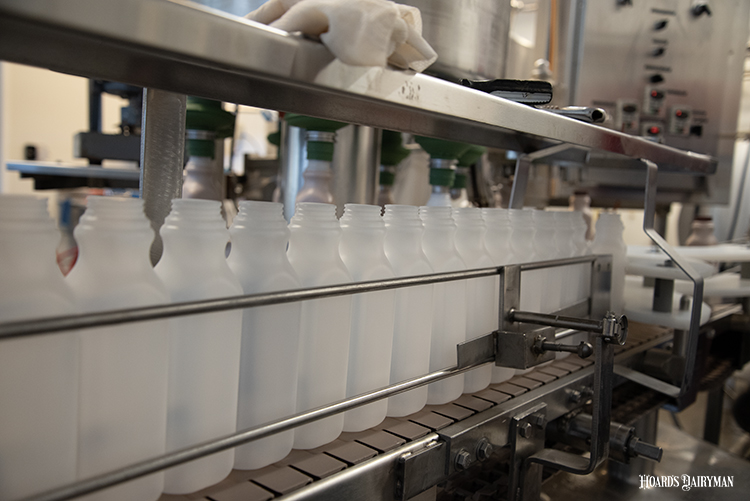
As 2022 came to a close, dairy commodity values were declining quickly, pulled lower by both a recovery in milk supply and weakening demand. Throughout the first quarter of this year, weaker milk prices have persisted and created a squeeze for dairy farmers, who continue to face higher input values and an overall elevated cost of production versus what was to be considered average.
In Rabobank’s Global Dairy Quarterly, published in March, this squeeze was a major theme in describing the current global situation and the expectation for near-term months. In addition to the margin squeeze felt by dairy farmers, consumers face persistent inflation and higher interest rates that drive more frugal purchasing behaviors. Dairy demand has not declined precipitously, but shoppers and restaurant diners are searching for value.
Within dairy commodities, a price bottom has likely been reached in recent weeks, with most products seeing some support emerge after prices fell to multi-month or, in some cases, multi-year lows. From a supply standpoint, Northern Hemisphere milk volume remains higher than the prior year, but a retraction in Southern Hemisphere output has made global growth more muted. Demand has weakened, but other key global exporting regions faced the brunt of weaker imports, allowing the U.S. to have yet another record export year on both a volume and value basis in 2022.
Within specific markets, butter has been mostly steady throughout the year even after hitting a record high last year. End-user nervousness abounds about availability into the back half of the year, with buyers wanting to avoid getting caught short in a market that remains higher priced than the recent average. This year’s early Easter has supported values in recent weeks as well.
Cheese values recovered into mid-March, trending higher than the year-to-date average and pushing CME Class III futures values slightly higher. Milk remains abundant in the Midwest, and as the spring peak approaches, cheese plants will have no shortage of milk available, keeping production strong.
Nonfat dry milk has shown the most weakness as global demand softened, coupled with simultaneous ample products from key exporting regions. However, looking forward, China’s post-COVID-19 recovery ought to spur increased purchases into the second half of this year. At the same time, global milk production is weakening seasonally. This additional demand should drive milk prices higher in the second half, improving margins for farmers after a difficult first half of the year.








